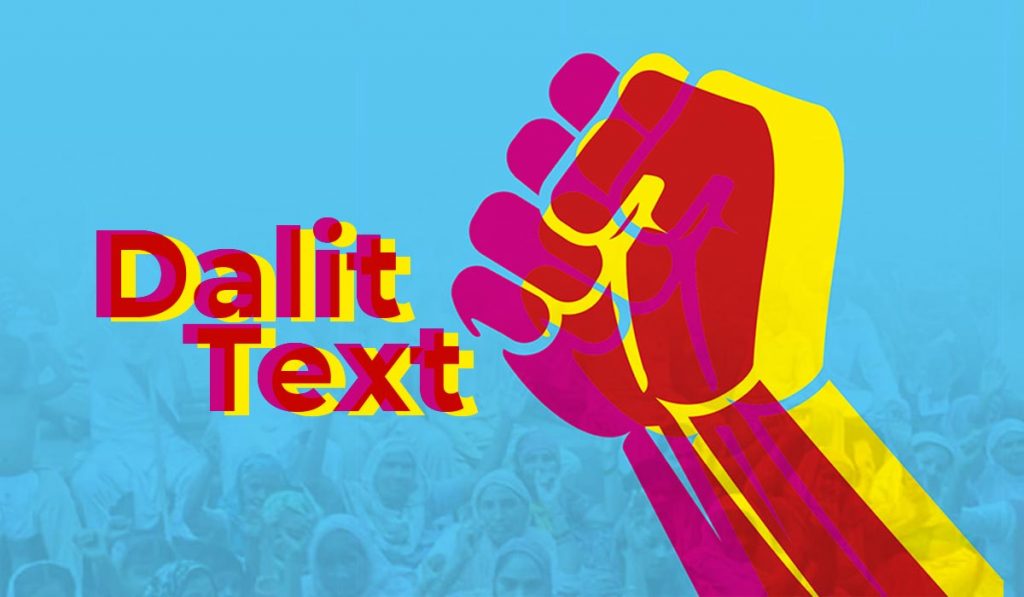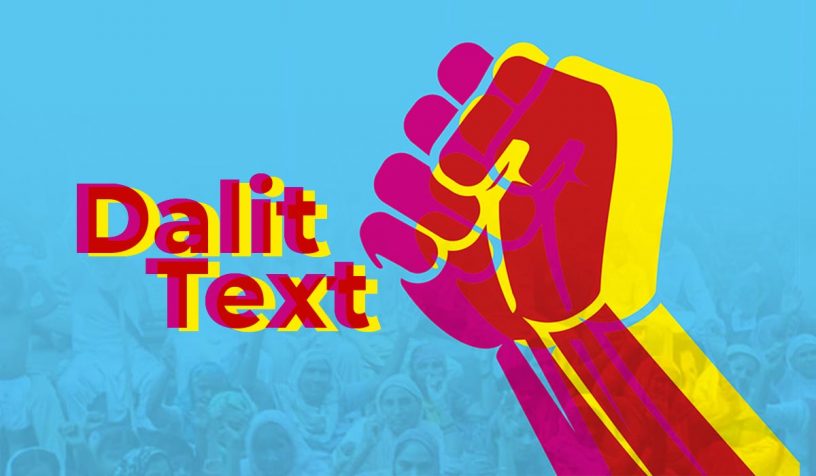
Examining Tulsi Ram’s writings, this chapter of the book Dalit Text seeks to interrogate the social and political mores of Dalit male/masculinity through the women of Murdahiya.
Author
Shivani Kapoor, Assistant Professor, O.P. Jindal Global University, Haryana, India.
Summary
Laura Brueck has suggested that Hindi Dalit autobiographical literature largely constructs a hegemonic ‘male, urban, middle-class Dalit identity’ through its narratives. However, Tulsi Ram’s two-volume autobiography – Murdahiya and Manikarnika – provides us with a counterfactual to the canonical Dalit male/masculine figure.
The pox-marked Tulsi Ram is certainly not a great figure for Dalit masculinity – he has been stained by the angry goddess Sitala Mata. It is this mark of the female/feminine on the autobiographical Tulsi Ram that the chapter explores.
Tulsi Ram brings out beautiful affective histories of women in what would otherwise be considered a ‘male’ autobiographical narrative. In doing so, his writing raises a methodological question about writing ‘one-self’ – can a Dalit male autobiography ever have a strong female/feminine presence? Or will this presence threaten to fundamentally alter the nature of self-referential writing itself?
This chapter examines Tulsi Ram’s writings in the light of these questions and seeks to interrogate the social and political mores of Dalit male/masculinity through the women of Murdahiya.
These women not only disrupt the maleness of a male Dalit autobiography but also challenge the dominant image of a rational, autonomous, coherent self, which accompanies the conventional autobiographical genre.
Published in: Judith Misrahi-Barak, K. Satyanarayana, Nicole Thiara (ed.), Dalit Text: Aesthetics and Politics Re-Imagined, (pp.138-150.), New York: Routledge.
To get access to the full chapter, please click here.


